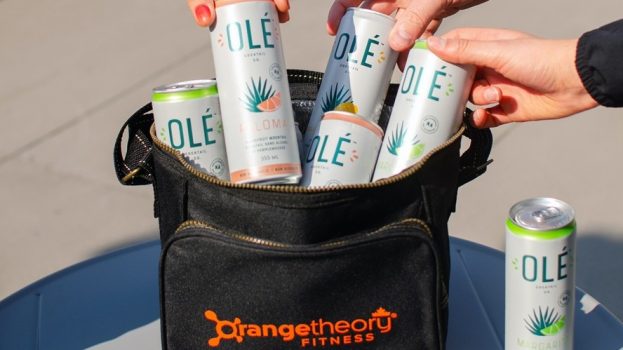Much has been written about Dove’s ‘Campaign for Real Beauty,’ and not surprisingly, since it has raised what I think is one of the biggest issues behind the ongoing decline of marketing in driving top- and bottom-line sales: the fact that the consumer now recognizes and rejects the stereotypes upon which modern-day advertising almost totally relies.
I understand that the campaign has been very successful thus far, driving up sales of the entire Dove product range, which lends support to the growing theory that the sole purpose of advertising these days is to generate copy in the far more effective communications discipline of PR (some advertisers in the U.K. now seem to make ads designed to get banned.) However, I wonder, now that Dove has uncorked this genie of rejecting stereotypes, whether they will be able to control it in the era where bloggers can easily take over and dominate an agenda.
After all, it isn’t difficult to pick holes in Dove’s new-found pious stance on the portrayal of women in the media. Firstly, did they really need to make the women take most of their clothes off? I thought that’s what nasty, exploitative advertisers did. And secondly, since these women are beautiful just the way they are, then why try to persuade them that their curves and cellulite need some attention?
A quick visit to the ‘Campaign’ Web site raises more questions. We get to meet the beautiful (but apparently still in need of a bit of firming up) Julie, Lyndsay, Sigria, Shanel, Gina and Stacy, but reading their profiles reveals that they attended an audition. Really? Who chose them and on what criteria?
If normality was the brief then statistically, at least two of these women ought to be obese. Now, while Stacy (pictured) has curves in places that Elizabeth Hurley doesn’t have places, she is still most definitely in the phwoar category. In fact, I would say that all six women are clearly on the attractive side of normal. Their profiles, interestingly, do not reveal their ages, but it looks like gravity and multiple childbirths may not yet have had a chance to wreak their havoc.
Now that Stacy and her pals have been seduced into the American celebrity machine and appeared on Oprah – a PR bases-loaded home run for Dove – then perhaps thousands of obese, disabled or unattractive women who failed the audition might be tempted to succumb to the green-eyed monster and start raising queries about the selection process, on which Dove would need to be bomb-proof.
Finally, while Unilever didn’t invent the notion of portraying impossibly beautiful women in their ads – that honour belongs to Pears soap – they have certainly been enthusiastic participants for most of the last century in pushing the unattainable imagery they now debunk. Is this campaign a mea culpa? It doesn’t look like one. And even if it was, is it Dove taking this stance or the broader Unilever organization? Can the two be separated? How are women portrayed in all the other Unilever campaigns? Is anyone at Unilever Towers checking? And why just stop at women’s body shapes? What about all the other stereotypes that populate just about every advertisement these days? I am not sure that one can be half-pregnant on this issue – either an advertiser rejects stereotypical projections or they don’t.
Blogger-itis notwithstanding, the fact is that today’s media-savvy consumer no longer buys into portrayals of homemakers smiling indulgently as the dog traipses mud all over the kitchen floor; gormless husbands who don’t know how to switch on the microwave; success at work being predicated solely on impressing one’s boss (or spouse’s boss, or even spouse’s boss’s spouse). And even when stereotypes could not be deemed offensive, do consumers really relate to portrayals of children who express gratitude for their meals; candy bars or soft drink cans being consumed by a contortionist without covering up the slightest portion of the logo; the apparently orgasmic experience of eating yogurt
and so on?
Let’s face it, the old game is up. When consumers are focusing on, and irritated by, the many imperfections of the advertising canvas, they aren’t paying a lot of attention to the picture painted thereon. Clients, who are the ones who perpetuate these stereotypes, for once should listen to their agencies and change them. Taking a public stance on the matter however, could lead to deep waters.
Twenty-plus years in marketing were enough for John Bradley; he left to do other things that interest him. He writes this column to help the next generation of marketers simplify an overly complex profession. He values and responds to feedback at johnbradley@yknotsolutions.com.























